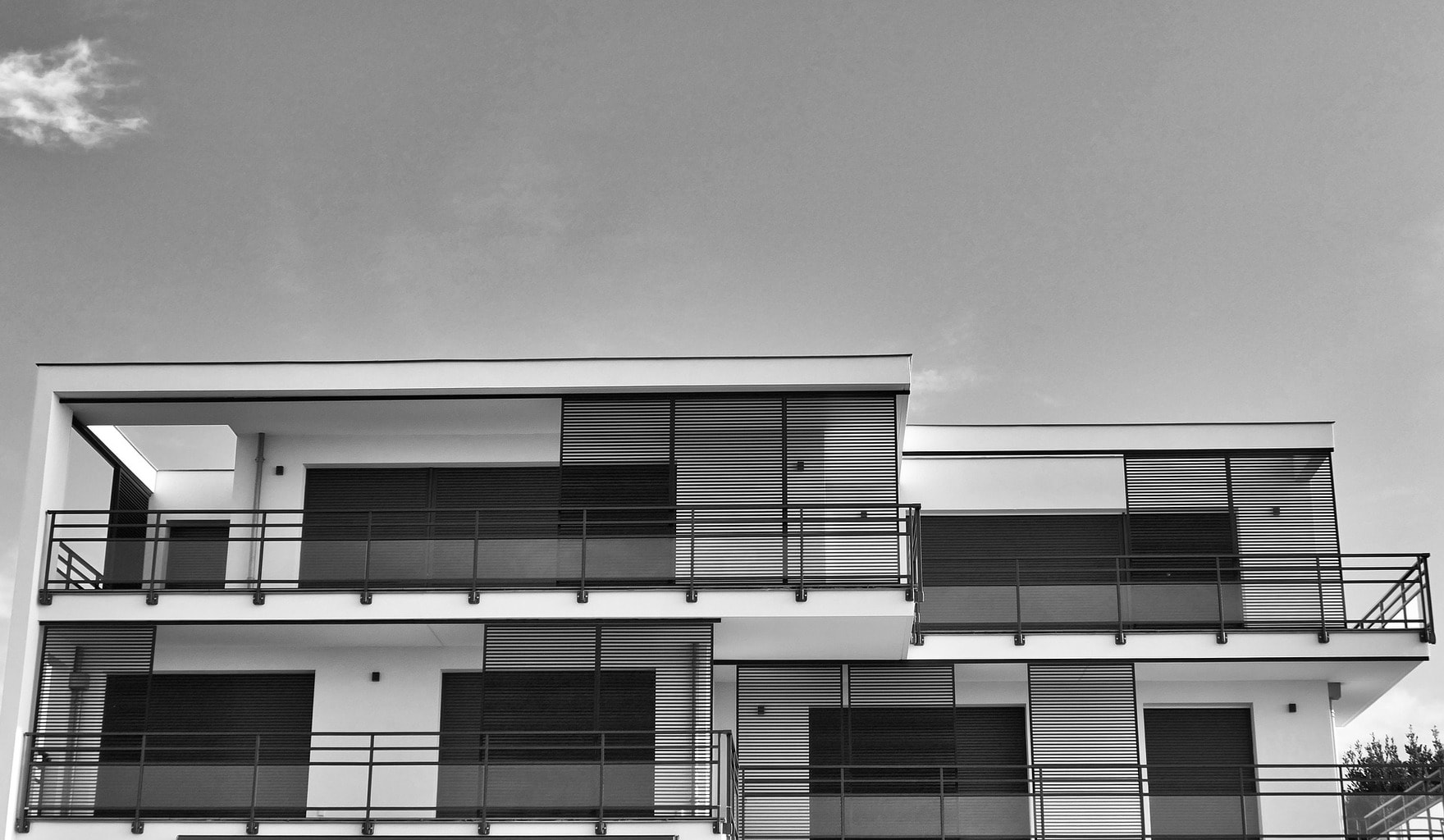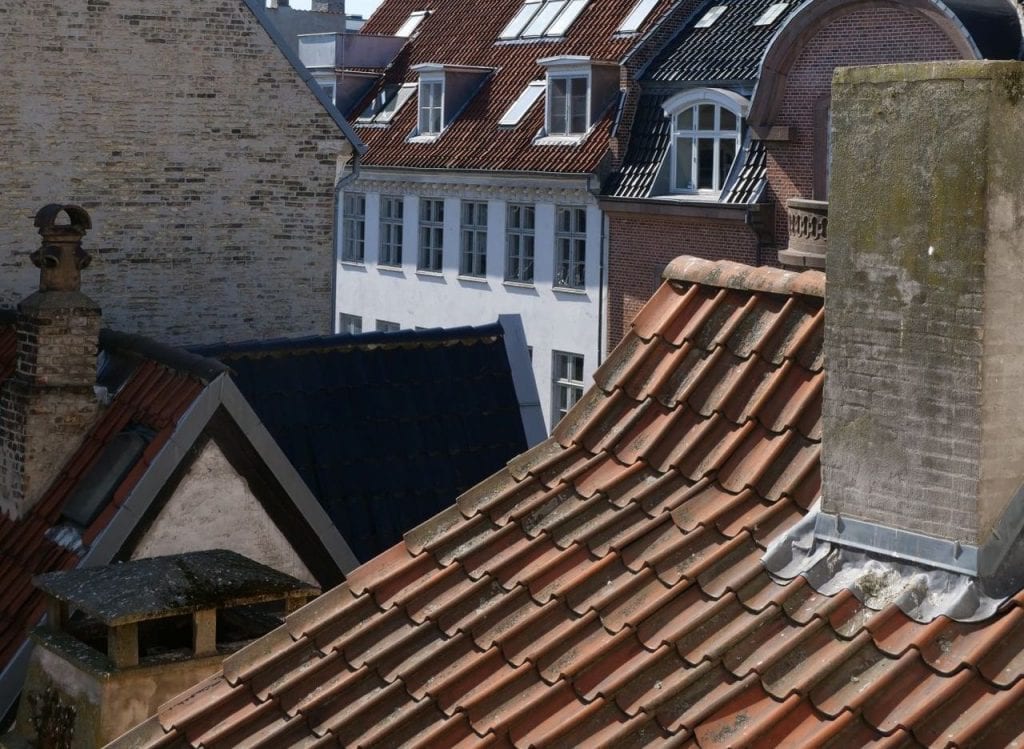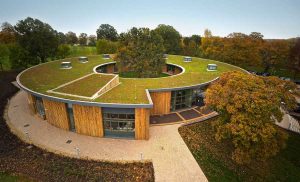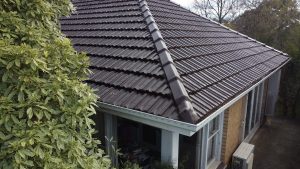A flat roof is classified as any roof that has a pitch of less than 15 degrees and remains a very popular choice for many homeowners when getting a conservatory or house extension. Flat roofs are unobtrusive, affordable and cheaper, and easier to maintain than traditional roofs.
However, because of the use of felt, asphalt-based, and other similar materials, insurers are often uneasy about insuring this type of roof because of concerns over their longevity, especially when compared with more traditional slate, tiled, or more modern EPDM roofs, which is where flat roof maintenance comes in.
Unless you approach a specialist non-standard home insurance broker, most insurers will struggle to ensure a flat roof property due to their endurance concerns.
Depending on the quality of the original installation and continued maintenance, flat roofs can, in fact, easily last for up to 50 years at a time before needing to be replaced. This lifespan is almost as long as tiled roofs, which themselves can last for up to 60 years.
Life span will also depend on the flat roof materials used, and you will generally find that felt or asphalt-based roofs are less durable than slate or more modern materials such as EPDM.
By carrying out regular checks and flat roof maintenance, you can make sure that your roof doesn’t suffer from any significant damage or excessive wear and tear, which could affect its performance, allow in damp, draughts or lower its level of insulation.
It is typically recommended that you check your roof every spring and autumn, as well as after particularly harsh weather conditions, such as storms, strong winds, and heavy snowfall.
Flat roofs are often covered in a felt-based material, meaning that they are specifically prone to splitting, blistering, ponding, and movement from the felt, which doesn’t just affect the appearance of the roof on a superficial level, but can also cause damage to the inside and outside of your property; including leaks, draughts and damp.
So, in order for you to know exactly how to keep your flat roof looking and performing its best and prevent any substantial damage, we have put together a short, helpful, and informative guide on how to fix a leaking flat roof and flat roof maintenance which will help to extend its lifespan for years to come. Take a look at our range of roof repairs Melbourne
What Is Roof Maintenance?

It refers to any kind of work done on a residential or commercial roof to prevent wear and tear. Flat roof inspections need to occur twice a year, or after a big storm, to determine if anything needs to be fixed or replaced. South Florida is known for its heavy showers, so general inspections after stormy weather would be advised.
A general flat roof inspection and maintenance should include the following:
Look for Debris
Some debris can be found on a roof, usually after a storm. Debris can scratch, puncture or cause severe damage to your roof, so it needs to be removed immediately. It would be best if you inspected for any visible damage when removing debris.
Repairing Seams & Membranes
Seams are where two pieces of roofing material are adjoined. Both seams and membranes can be vulnerable to leaks, specifically in places on the roof with accessories built into it, such as air vents, skylights, and air conditioner units.
The sun’s harsh UV rays can also break down the membrane over time, causing cracks to form. Any seam or membrane that is damaged or rendered ineffective needs to be repaired immediately to prevent further problems.
Replacing the Flashings
Flashings are installed into areas of the roof where two opposing surfaces meet, such as parapet walls. These areas require the extra protection that flashing provides. They help prevent water from leaking through vulnerable areas. Over time, flashings can become loose or deteriorated from excess exposure to moisture and will need to be replaced.
Clearing Clogging
Clogging may occur in drains, vents, and scuppers, especially after storms. Scuppers allow water to run off the roof, directing water to flow from the side of the roof down into a drainage system. All drains, scuppers, or gutters need to be kept clear.
Plumbing Stacks
Plumbing stacks are pipes on the roof that direct airflow into the building’s plumbing system. Check that they are clear of obstructions and properly sealed.
Look for Blistering
Check for leaks and blistering – blistering is roofing spots that are raised and spongy/soft looking. They happen when air is trapped between the layers of felt or the felt substrate. If a blister ‘pops,’ then water can enter through and damage roofing material.
Check for Ponding
Ponding is standing pools of water that sit on your flat roof and cannot drain or dry out. Some ponding that has eventually dried out will leave a concave area with a watermark or dirt ring surrounding it. If you notice these marks, then it means that your flat roof ponds regularly, and a proper drainage system may need to be installed to prevent further damage.
Check For Splits & Cracks
Splitting and cracking of roofing material can be caused by weather changes, added stress or pressure, ponding, or simply poor quality. Any area that is cracking or splitting needs to be filled.
Fill Pitch Pans
Pitch pans protect and encase supporting connections roof penetrations.
They are filled with “pourable sealer,” a more environmentally friendly material and easier to work with than the previously used “pitch.”
Though they are simple to build and fix, pitch pans play a key role in maintaining the roof’s overall health because they seal out water in vulnerable areas. So they must be kept cleaned and filled.
Different Types of Flat Roof Material Options
We love a flat roof’s flexibility for certain design limitations, but they have a bit of a reputation for leaks and repairs.
Of course, flat roofs are not flat but have a very slight roof pitch of between 1/4″ to 1/2″ per foot. Just enough slope to drain water but also flat enough to be a problem if not constructed properly.
The good news is that there are material options for your flat roof beyond traditional hot-mopped built-up roofing that will increase the flat roof’s reliability.
Looking for a roof replacement? Check out Top Glaze for a wide range of roof services.
Let’s review the most common categories of flat roof materials available for your home:
- Single-layer membrane roof
- Modified bitumen roof
- Built-up roof (BUR)
Single Layer Membrane Roof
The membrane roof is the latest roofing technology and is also the roof of choice in commercial construction. Known technically as elastomeric or elastomeric roof membrane (depending on the material), single-ply roofs come in a few different varieties, including:
- Neoprene (polychloroprene)
- EPDM (ethylene propylene diene monomer)
- PVC (polyvinyl chloride)
- Chlorinated polyethylene and chlorosulfonated polyethylene sheets
- Polymer-modified bitumens
Of all these membrane types EPDM, synthetic rubber is the most common single-ply membrane roof material in residential and commercial use. All you need to say to your roof contractor is you want an EPDM rubber roof.
These roofs are installed as thin sheet materials 0.030 (30 mils) to 0.060 inches (60 mils) thick and are applied to the roof in a single layer. They are flexible and elastic and can handle temperature changes and some impact types better than built-up roofs being made of synthetic rubber or polymer.
Membrane roofs are attached in a variety of ways. They can be partially loose laid and held down with river rock ballast (requires roof structure to support the weight) or fully adhered to the roof deck. EPDM and Neoprene roof seams are fastened by adhesive, and PVC roof seams are heat or solvent welded.
Modified Bitumen Roofing
Modified bitumen cap sheet roofing was developed in the 1960s as a replacement technology for BUR, or built-up roofing, by using the proven technology of BUR but also adding polymer reinforced roof wear layers or cap sheets.
These roofs can be installed using any number of techniques that are determined by the project’s specific requirements and material specified. These installation methods include:
- Hot applied
- Torch applied
- Cold applied
- Self-adhered
The polymer used in the cap sheet provides improved elasticity and flexibility in lower temperatures. The most commonly used polymers are atactic polypropylene (APP) and styrene butadiene styrene (SBS). SBS imparts a rubber-like characteristic to the bitumen.
SBS cap sheets are usually installed using cold adhesives or hot asphalt tar. Thermoplastic APP sheets, on the other hand, are installed using the torch-applied method.
Built-Up Roofing

Going back about 120 years, the grandfather of flat roofs is the built-up roof or BUR. Built-up roofs have solved the low pitch roof problem for ages, a challenge that asphalt shingles could never handle.
Built-up roofs are installed using several layers of a special type of roofing felt that has been asphalt impregnated and embedded in bitumen applied with a hot mop.
The hot-applied asphalt or coal tar pitch blends with the bitumen-soaked roof felt and creates a monolithic roof membrane. The roof felt/asphalt tar layering is repeated in overlapping layers until the assembly is two to four plies in thickness.
A wear surface of finely crushed stone granules is usually applied to the top layer of hot tar to protect the built-up roof assembly from UV light and weather. Top Glaze has a wide range of Melbourne roof restoration services.
Pros and Cons for Flat Roof Materials
When you find it’s time to replace that big flat roof you have on your home or business, you’ll need to determine the best flat roof materials for your project. In this article, we let you in on the details of each flat roofing option, include a list of pros and cons for each, and how much you can expect to spend. Let’s take a look at each of the following options.
All three types of flat roofing cost $250 to $350 per “square” (100 square feet), but prices vary according to the roof’s region and size. Flat roofs usually come with a 10- to 20-year warranty but can last 25 years if you build the roofs right and maintain them using commonsense rules.
Built-Up Roof (BUR)
The traditional hot-tar-and-gravel roof is built from three or more plies of waterproof material alternated with hot tar and ballasted by a layer of smooth river stone. Once made of tar paper, these roofs are gradually using more-advanced materials such as fibreglass membranes.
Pros
- Gravel is an excellent fire retardant.
- Attractive for windows and decks that overlook the roof.
- It’s the cheapest of the four roof varieties.
Cons
- Very heavy.
- Joists sometimes have to be strengthened.
- Smelly and messy to install.
- Installation is not recommended for occupied homes.
- It’s not a DIY installation job, and it is hard to find the source of leaks.
- Gravel can clog gutters and scuppers.
Modified Bitumen Roof
A single-ply rolled roof similar to an ice-and-water shield but impregnated with a mineral-based wear surface. Torch-down systems involve heating the adhesive as the material is unrolled. Newer peel-and-stick systems are safer and easier.
Pros
- Homeowners can install Peel-and-stick material.
- Its light-coloured mineral surface reflects heat and cuts energy bills.
- Its price is in the middle of the pack.
Cons
- Torch-down application is a fire hazard and not recommended for occupied buildings.
- It’s not as scuff- or tear-resistant as rubber-membrane roofs (see the next item).
Rubber Membrane Roof
EPDM (short for ethylene propylene diene monomer) is a true rubber. The durable single-ply membrane material resembles an inner tube, but it’s engineered to resist damage from sunlight. EPDM can be mechanically anchored with fasteners, ballasted with stone, or glued.
Pros
- Homeowner-friendly installation.
- The material’s relatively light yet highly resistant to scuffs and tears.
- Leaks are easy to patch.
Cons
- The standard black material absorbs heat, and light-coloured coatings (recommended in warm climates) add 30% or more to the cost. Even the black version, though, costs more than BUR or modified bitumen.
- It’s also more vulnerable to punctures than other choices.




